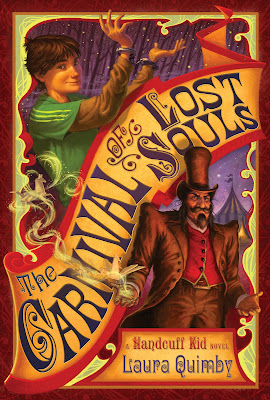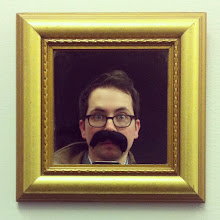

Get out of the studio and make an effort to meet people. Be friendly and send lovely mailers that will be memorable and useful. Follow up and don’t give up. Volunteer to do work for your friends, their bands and any local spots that need updated graphics and images. Think of making small editions that use a narrative theme to show someone how you might work on developing a story across many pages. Do something different, but not so different that there is not a place for it in the market.




JG: I look at the things that I’ve collected over the years; like books, fabrics, vintage packages as well as favorite photos of my family. I spend time thinking and remembering, trying to get into the right frame of mind. I procrastinate and do laundry. I look at typefaces and design the text for the book so that the words have the right visual sound. I have coffee and watch CNN.
CW: What process did you go through to develop your styles.
JG: I think about methods to help me save time. Having my first child lead me to move from painting with a brush to using the airbrush. By the time my third child was born, I was working on the computer.
CW: You have a variety of styles all equally good as the next how do you manage them. Do art directors ever get confused?
JG: Thank you. I am not sure if art directors get confused. They generally seem pretty pleased with the finished work.

CW: I find with young illustrator the question of style is a confusing prospect. Which can take some time to work out so it flows with out frustrations.
JG: I spend time in meetings at Parsons, the school where I teach. Usually I sketch in my notebook during meeting as this helps me concentrate and makes the time go more quickly. My friends at work are very supportive of this sketchbook work. At the same time, I observed my 18 year old son become very adept at working with markers. Watching him work looked like so much fun. He fills in his pen work with the most beautiful colors. I combined these two approaches into a style that I felt would have warmth and heart and give me the opportunity to try something new and free myself from the computer where I spend too much time.

JG: Working with a new medium was stressful at first. There were even some tears of frustration in the beginning. But once I got the hang of it, I loved watching the saturated colors seeping into the paper. Of course, the color selection is more limited and some markers don’t cover large areas [like walls] very smoothly so I had to be thoughtful before the markers ever touched the paper. The original drawings were done with micron pens and then scanned, enlarged and printed on cheap sketch pad paper. If I made a big mistake, I just printed out the original black line art and a new piece of paper and started over. If I made a mistake or changed my mind about something later on, I just made a patch and glued it on.
 CW: You teach at Parsons and from what I hear you are a very popular teacher there. What kind of classes do you teach?
CW: You teach at Parsons and from what I hear you are a very popular teacher there. What kind of classes do you teach?

CW: Do you also have time to do your own personal work? If so what is it all about?
JG: I don’t have currently have time for personal work. My family is a wonderful work in progress that I am part of each and every day.

One that your child and you both love to read again and again. That’s it.
CW: What is next for you? Have you ever thought of writing as well?
JG: I’m writing something right now that was inspired by a friends daughter.
So hopefully I’ll be able to write, illustrate and design my next book.
JG: I am sure that there are many ways in which I am like my mother that I am not even aware of. But here are a few . . . she’s good at talking with strangers, and I find myself talking to just about anyone and everyone I run into. People are endlessly fascinating and are treasure troves of experience and information. I love history, old buildings and old stuff. Now it’s called vintage shopping, but back in the day we went antiquing. My parents took me to country auctions, flea markets and during high school my mother would take me out of school on Friday’s when there was an Estate sale on the fancy side of town! We’ve taken our kids to explore old cities, scouted out abandoned factories, traveled to estate and rummage sales and been to auctions at Christies.
Imprint: Abrams Books for Young Readers
ISBN: 0-8109-8393-1
EAN: 9780810983939
Availability: Prepublication
Publishing Date: 4/1/2010
Trim Size: 9 x 9
Page Count: 32
Cover: Hardcover with jacket
Illustrations: 32 pages of full-color illustrations





























































